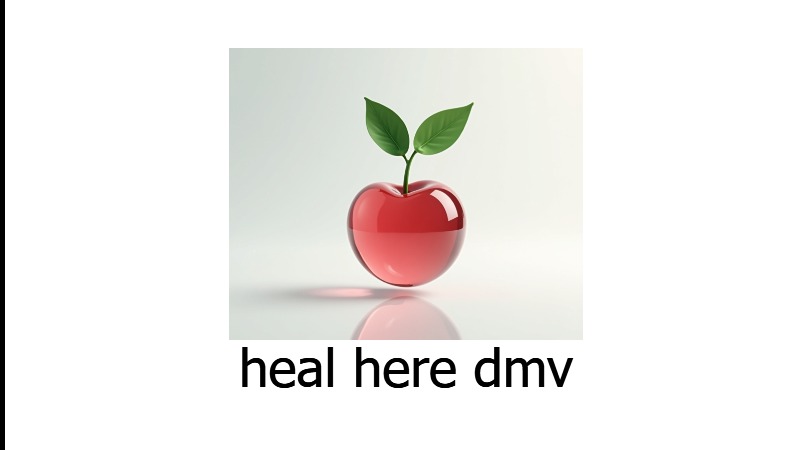
Connecting with Nature: The Shift Towards Ethical Botanicals
In today’s fast-paced world, where stress and mental health challenges are common, many are seeking out natural remedies to enhance their well-being. The trend towards ethical botanicals is more than a passing fad; it reflects a deep-seated desire for holistic health solutions rooted in sustainability and community support. By choosing botanicals that are not only beneficial but also ethically sourced, individuals can make a positive impact on their health and the environment.
Understanding the Ethics Behind Botanicals
What makes a botanical 'ethical'? This term encompasses the practices surrounding the growth, harvesting, and distribution of plants. Ethical botanicals typically involve fair trade agreements, sustainable farming methods, and transparency in product testing. These practices ensure that consumers receive pure and safe products while also helping the farmers and communities that produce them.
The Ripple Effect of Choosing Ethically Sourced Botanicals
When wellness enthusiasts opt for ethically sourced botanicals, they are supporting a movement that protects biodiversity, promotes fair wages, and nurtures traditional farming communities. For example, in regions like Southeast Asia where kratom is a staple crop, small farmers rely heavily on ethical trade to provide for their families. By choosing brands that prioritize ethical sourcing, consumers contribute to an economy that respects the people behind the plants.
The Journey: From Farm to Your Cup
The journey of botanicals from the farm to the consumer’s cup is a meticulous process. Farmers nurture their crops with care, adhering to sustainable practices that keep the soil healthy and viable. Once harvested, botanicals undergo precise processing techniques to preserve their natural efficacy. This attention to quality ensures that the health benefits associated with these plants are delivered without the addition of harmful additives.
Transparency in Ethical Botanical Products
As consumers become more discerning, the demand for transparency in the sourcing and testing of botanicals has risen. Ethical companies are now more eager than ever to provide proof of their claims. Third-party lab testing and adherence to Good Manufacturing Practices (GMP) are crucial for establishing trust. Detailed lab reports assure consumers of the product’s purity and potency, allowing for informed decisions that prioritize safety and efficacy.
Building Wellness Rituals with Ethical Botanicals
Integrating ethical botanicals into your daily routine can transform simple health practices into meaningful rituals. Whether it’s brewing a soothing cup of herbal tea or incorporating plant-based supplements into your diet, every choice contributes to a more balanced life. This approach to wellness is not just about supplementation; it’s about cultivating habits that honor the planet and the people who help sustain it.
The Bigger Picture: Community and Cohesion
Choosing ethical botanicals connects consumers to global farming communities, reinforcing a sense of connection that transcends borders. By supporting Fair Trade and ethical sourcing initiatives, individuals engage in a broader dialogue about sustainability and social responsibility. This collective movement, driven by grassroots efforts, not only empowers farmers but also enriches the lives of consumers.
Looking Ahead: The Future of Ethical Botanicals
As the wellness industry continues to evolve, the focus on ethically sourced botanicals is likely to expand. Future trends may include increased consumer demand for transparency and a push for regulations that promote environmentally and socially responsible practices. Staying informed about these trends can help consumers make better choices and appreciate the stories behind the products they use.
The journey from farm to cup is a powerful one, and by actively choosing ethical botanicals, consumers can support sustainable practices that benefit everyone involved. This shift not only enhances personal wellness but also nurtures the communities and ecosystems that produce these valuable resources.
 Add Row
Add Row  Add
Add 



Write A Comment